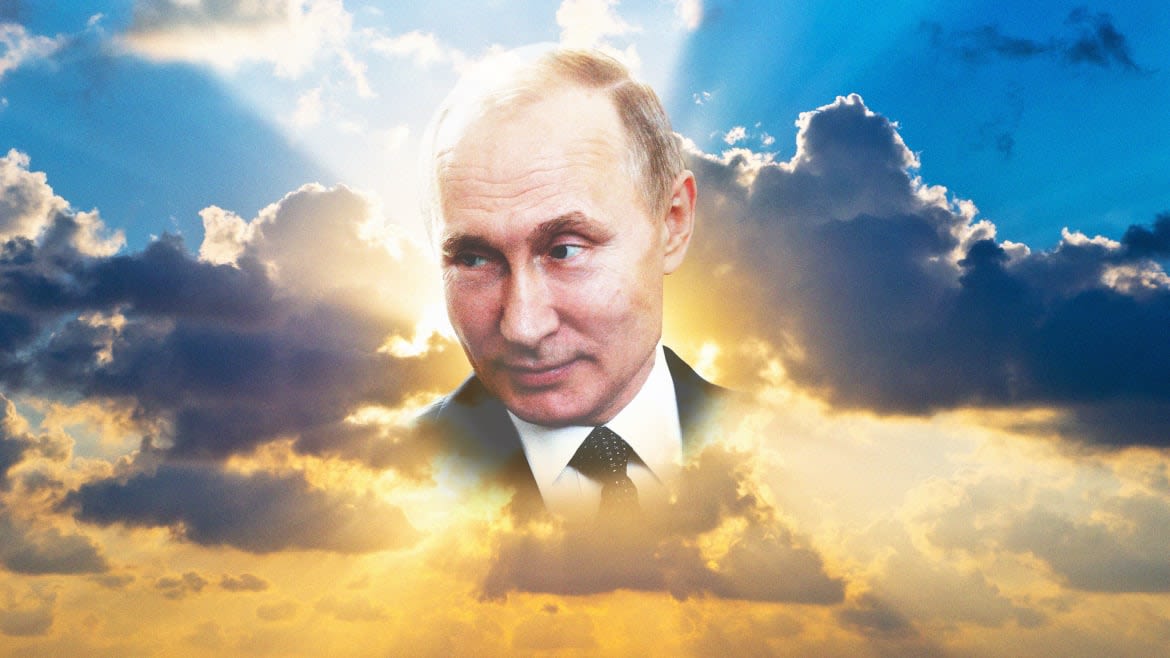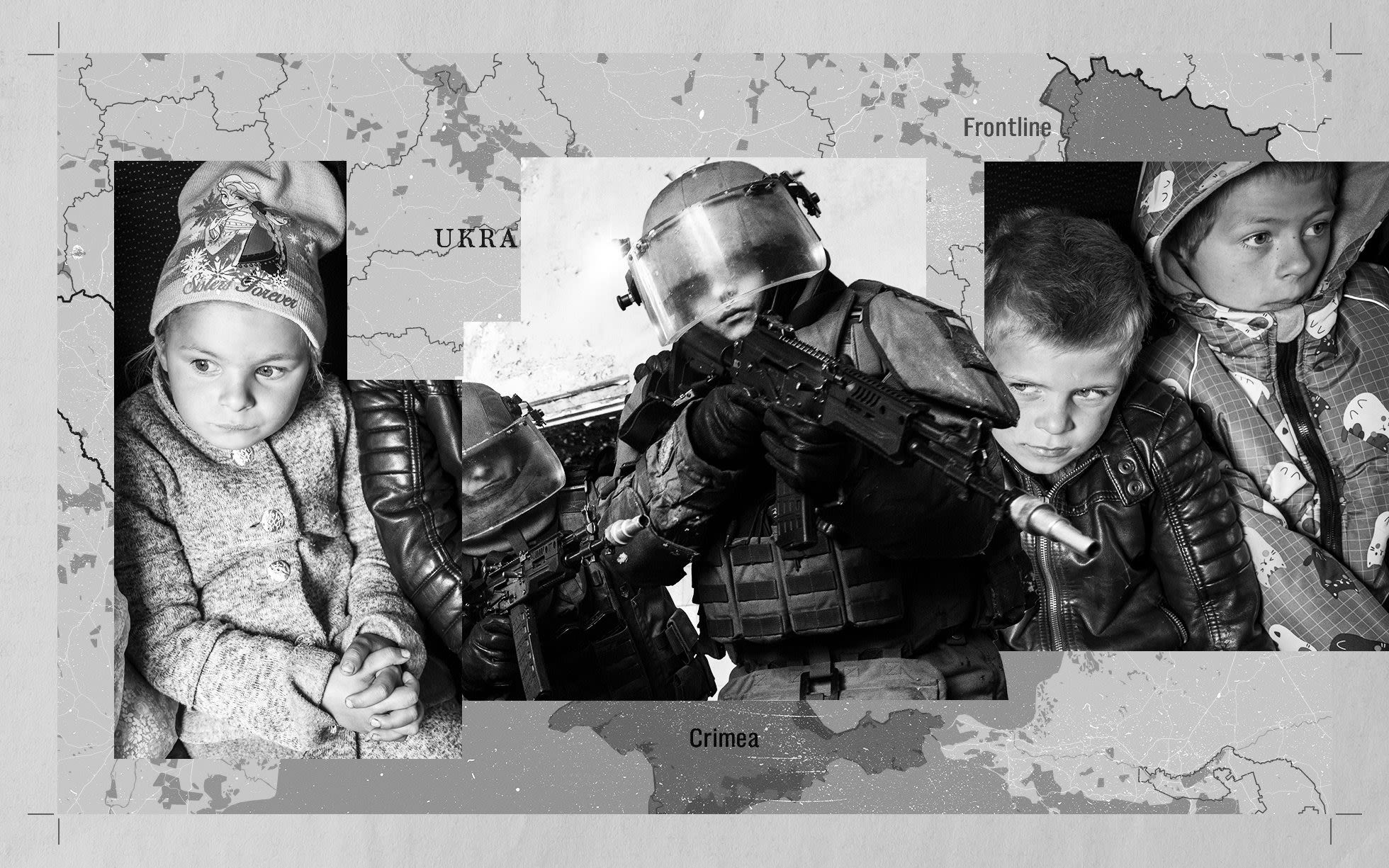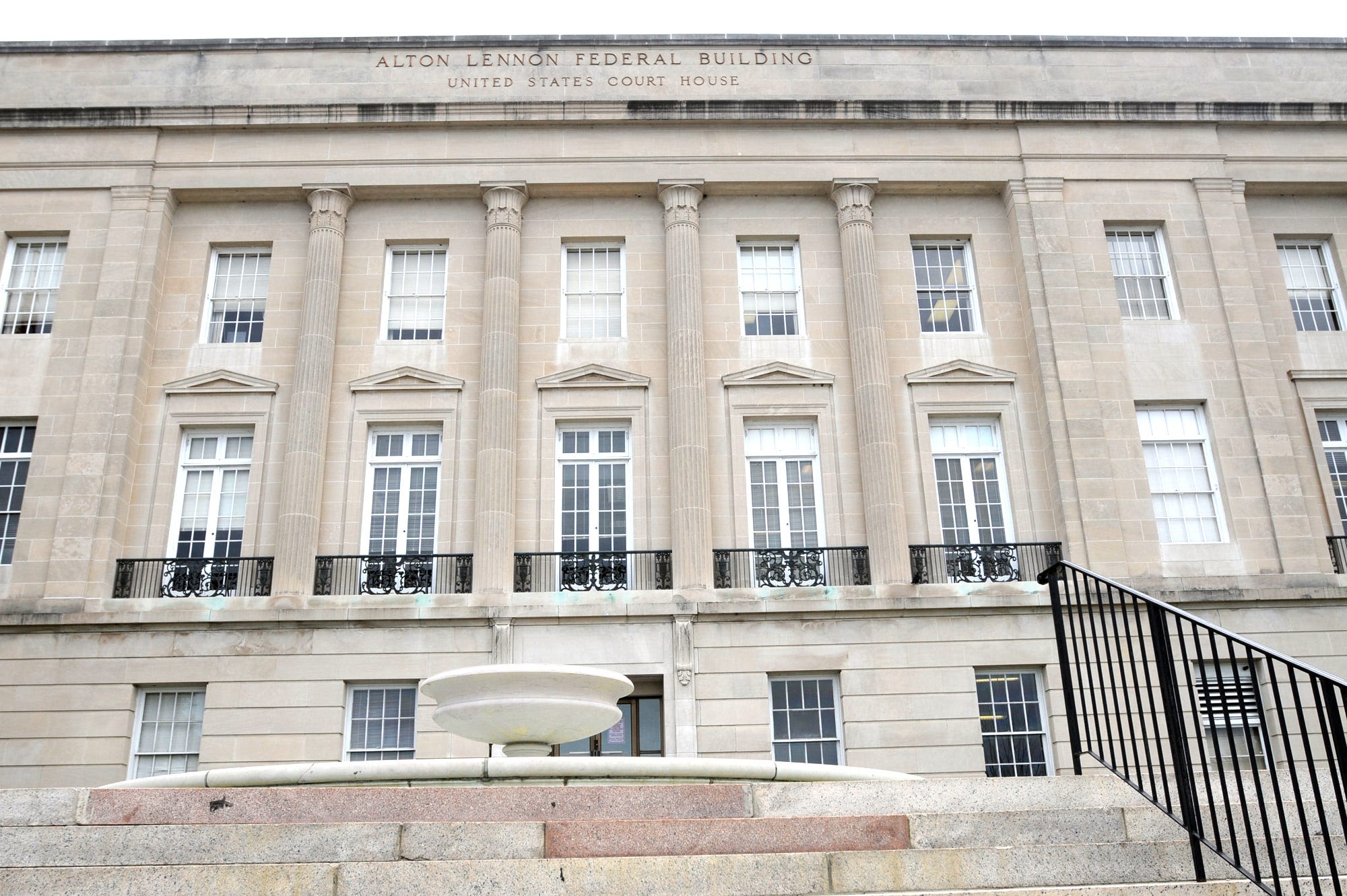Search results
The Russian Orthodox Church (ROC; Russian: Русская православная церковь, romanized: Russkaya pravoslavnaya tserkov', abbreviated as РПЦ), alternatively legally known as the Moscow Patriarchate (Russian: Московский патриархат, romanized: Moskovskiy patriarkhat), is an autocephalous Eastern ...
May 4, 2024 · Russian Orthodox Church, one of the largest autocephalous, or ecclesiastically independent, Eastern Orthodox churches in the world. Its membership is estimated at more than 90 million. For more on Orthodox beliefs and practices, see Eastern Orthodoxy.
- The Editors of Encyclopaedia Britannica
Apr 9, 2024 · The Russian Orthodox Synodal Department for Church’s Relations with Society and Mass Media has issued a statement regarding the demolition of the Tithes (Desyatynny) Monastery in Kiev. Paschal Message by His Holiness Patriarch Kirill of Moscow and All Russia to the archpastors, pastors, deacons, monks and nuns, and all the faithful children ...
List of Russian Orthodox churches. This is a list of Russian Orthodox churches that are individually notable. This includes churches of the semi-autonomous Russian Orthodox Church Outside Russia and churches in Russia and elsewhere not within ROCOR's system. Map all coordinates using OpenStreetMap.
ChurchImageDatesLocation1901-05 built 1980 NRHP-listedbuilt 1980 NRHP-listed1878 founded 1918 built 1980 NRHP-listed1929 built 1980 NRHP-listedNews about Cleveland, Tremont, fire
News about Russian Orthodox Church, Russia, Arkansas
News about Russia, Ukraine, genocide
Also in the news
- Christianization of Rus
- Under Mongol Rule
- 15th Century
- Changes and Reforms
- Autocephaly and Reorganization
- 17th Century
- Territorial Expansion
- Abolition of Patriarchy and The Holy Synod
- Fin-De-Siècle Religious Renaissance
- Russian Revolution
The Church of Constantinople's greatest mission outreach was to a medieval state known as Kievan Rus, whose territories are now within Belarus, Ukraine, and Russia. Christianity was introduced into Kievan Rus by Greek missionaries from the Byzantine Empire in the 9th century. In 863–869, Saint Cyril and Saint Methodius translated parts of the Bible...
The Russian church enjoyed a favoured position while parts of Russia lay under Mongol rule from the 13th-15th century. Sergius, as well as the metropolitans St. Peter (1308–26) and St. Alexius (1354–78), supported the rising power of the principality of Moscow. The church enjoyed protection for its land and buildings as well as freedom from taxes. ...
During the 15th century the Russian Church was pivotal in the survival and life of the Russian state. Such holy figures as Sergius of Radonezh and Metropolitan Alexis helped the country to withstand years of Tartaroppression, and to expand both economically and spiritually. At the Council of Florence 1439, a group of Orthodox leaders agreed upon te...
The reign of Ivan III and his successor was plagued by numerous heresies and controversies. One party, led by Nil Sorsky and Vassian Kosoy, called for secularisation of monastic properties. They were opposed by Joseph of Volotsk, who defended ecclesiastical ownership of land and property. The sovereign's position fluctuated, but eventually he gave ...
During the reign of Tsar Fyodor I, his brother-in-law Boris Godunov, who was effectively running the government, contacted the Ecumenical Patriarch, who "was much embarrassed for want of funds", with a view to elevating the status of the Moscow Metroplis to a patriarchate. Eventually, after protracted negotiations, in January 1589 the Moscow Patria...
The beginning of the 17th century proved to be a troublesome period for the Moscow state, following the death of the last Tsar of the Rurik Dynasty, Feodor Ivanovich, in 1598. The Poles and Swedes repeatedly invaded Russia from the west, with the Polish prince Władysław Vasa elected the Russian Tsar by the Seven Boyars in 1610. At this time of poli...
In the late 17th and the next two centuries, due to the expansion of the boundaries of the Russian state, the Russian Church experienced phenomenal geographic expansion too. In 1686, the Moscow Patriarchate obtained a part of the Metropolis of Kiev, which until then composed of the Orthodox population on the Polish–Lithuanian Commonwealth, — from t...
In 1700, upon the death of Patriarch Adrian, Peter I prevented a successor from being named. In 1721, following the advice of Feofan Prokopovich, the patriarchate of Moscow was replaced with the Most Holy Governing Synod to govern the church. The Holy Governing Synod was modeled after the state-controlled synods of the Lutheran Church of Sweden and...
During the final decades of the imperial order in Russia many educated Russians sought to return to the Church and revitalize their faith. No less evident were non-conformist paths of spiritual searching known as God-Seeking. Writers, artists, and intellectuals in large numbers were drawn to private prayer, mysticism, spiritualism, theosophy, and E...
In 1914 in Russia, there were 55,173 Russian Orthodox churches and 29,593 chapels, 112,629 priests and deacons, 550 monasteries and 475 conventswith a total of 95,259 monks and nuns. The year 1917 was a major turning point for the history of Russia, and also the Russian Orthodox Church. The Russian empire was dissolved and the Tsarist government – ...
The Russian Orthodox Church in the U.S. became independent from Moscow in 1970. Eastern Orthodoxy Summary. Eastern Orthodoxy, one of the three major doctrinal and jurisdictional groups of Christianity. It is characterized by its continuity with the apostolic church, its liturgy, and its territorial churches.
Jun 11, 2008 · Religions. Eastern Orthodox Church. Last updated 2008-06-11. Essentially the Orthodox Church shares much with the other Christian Churches in the belief that God revealed himself in...



